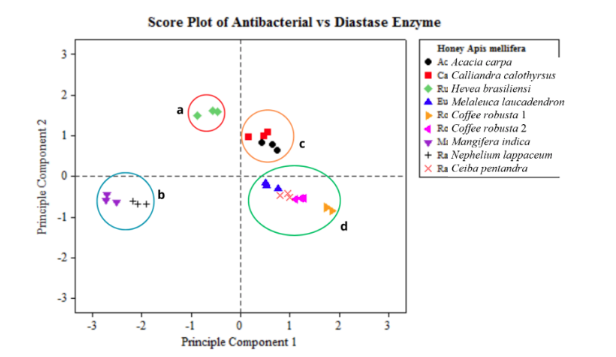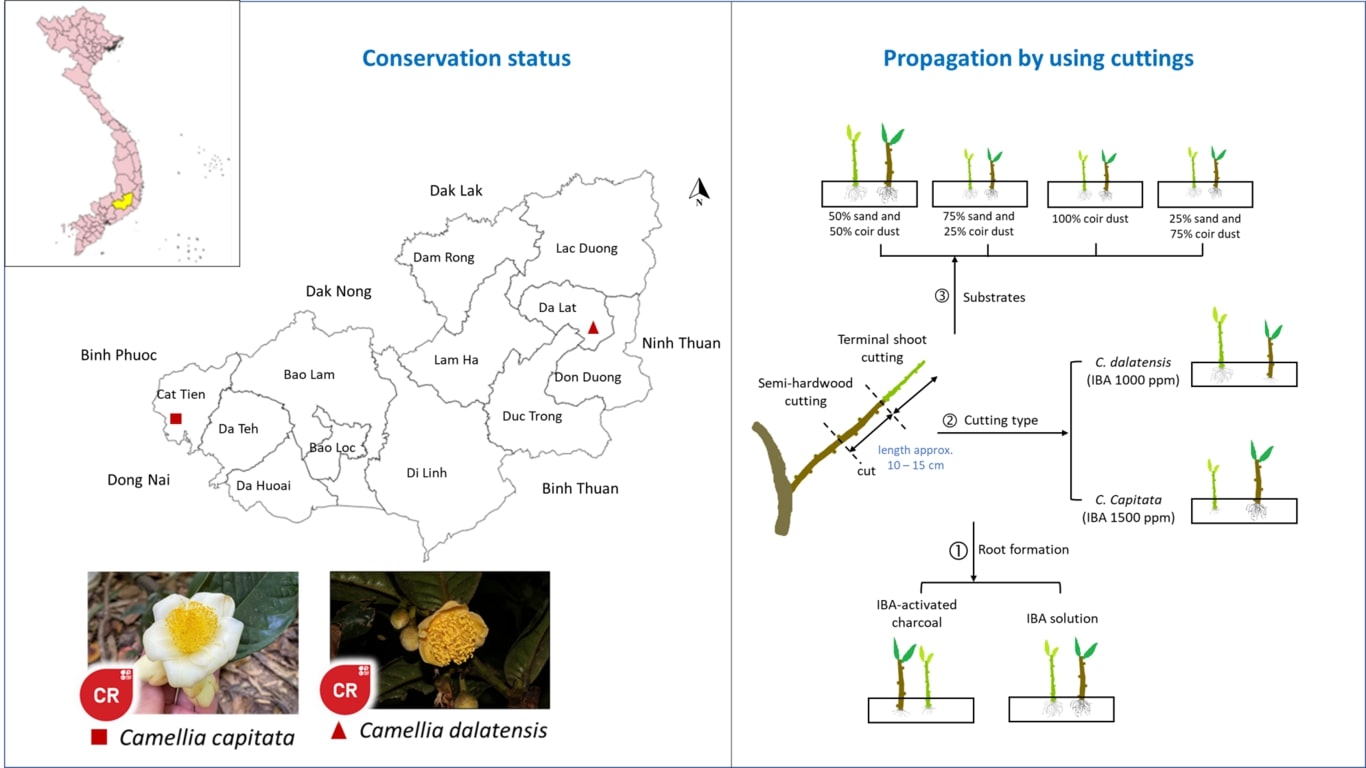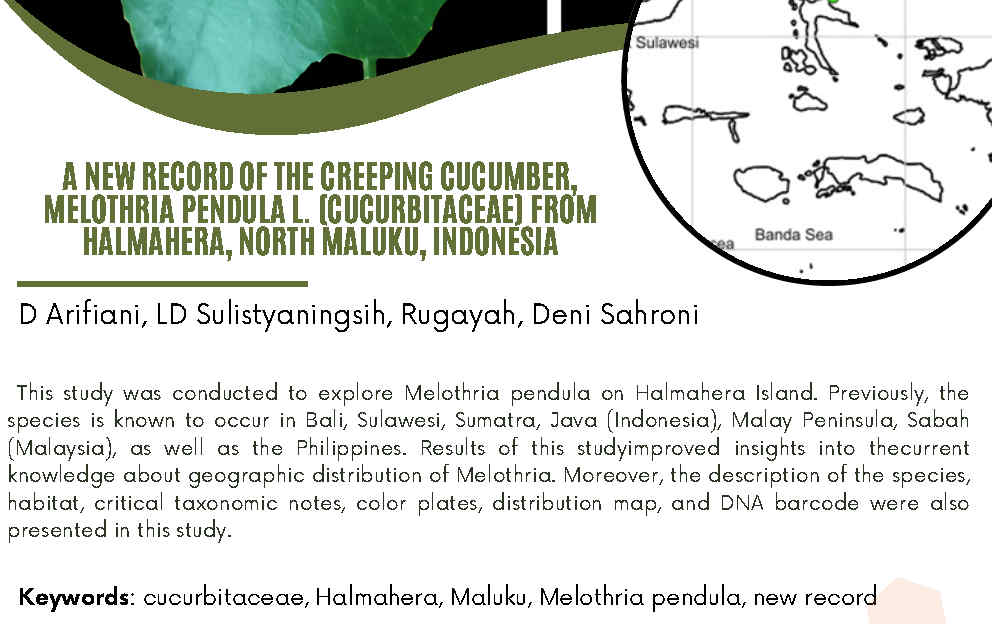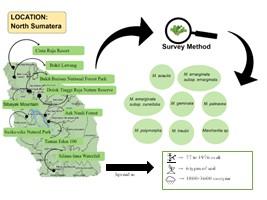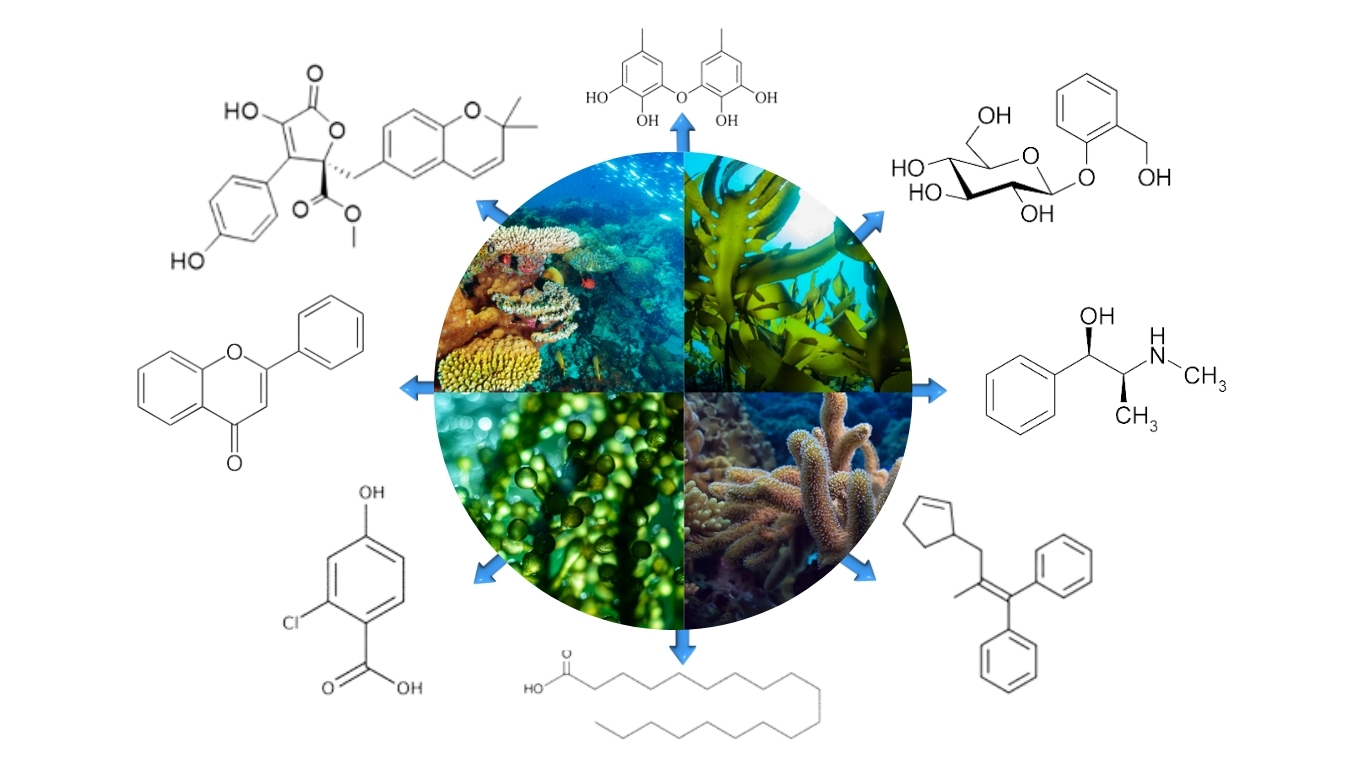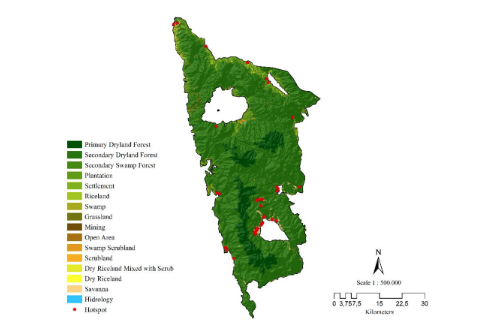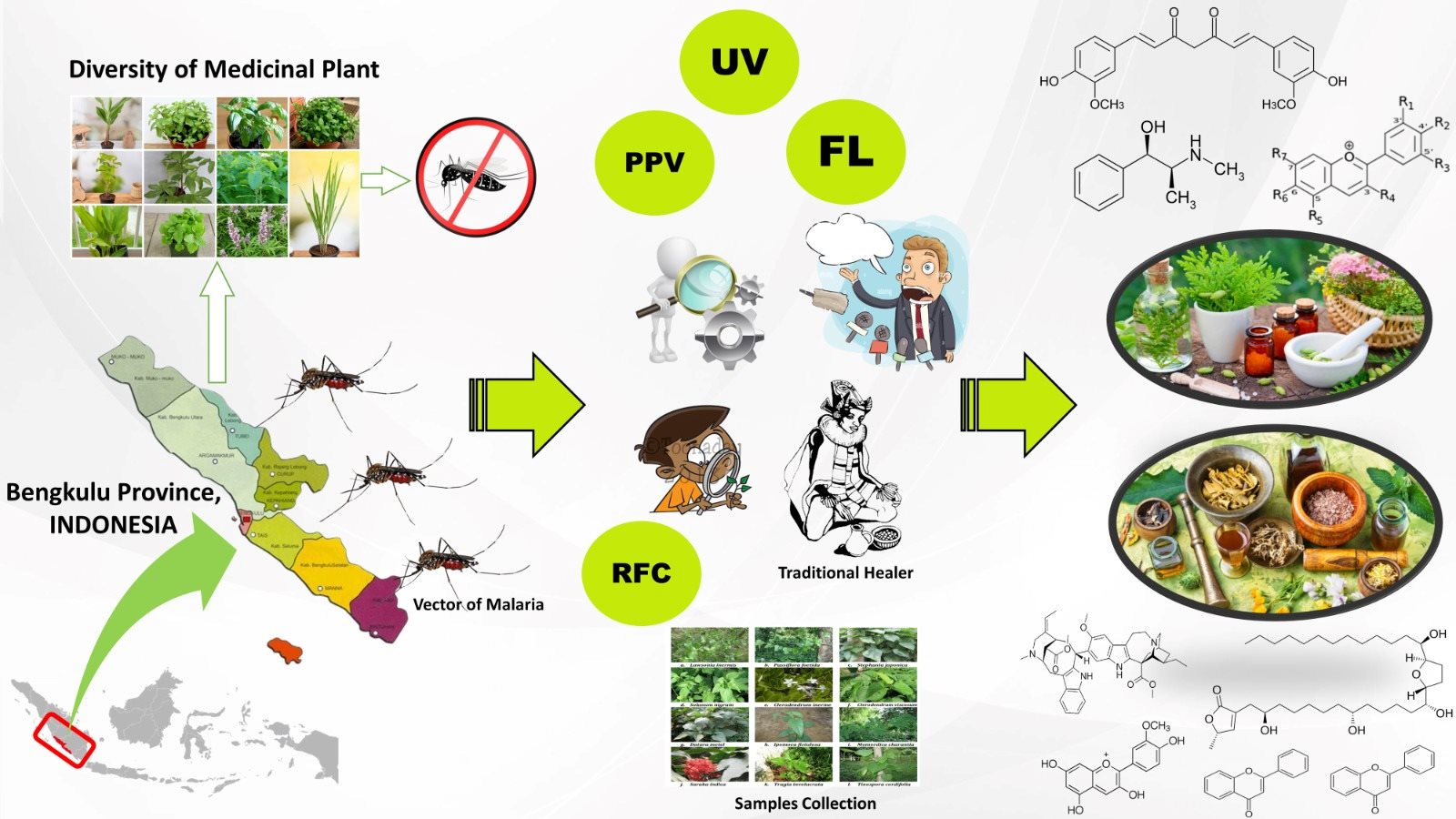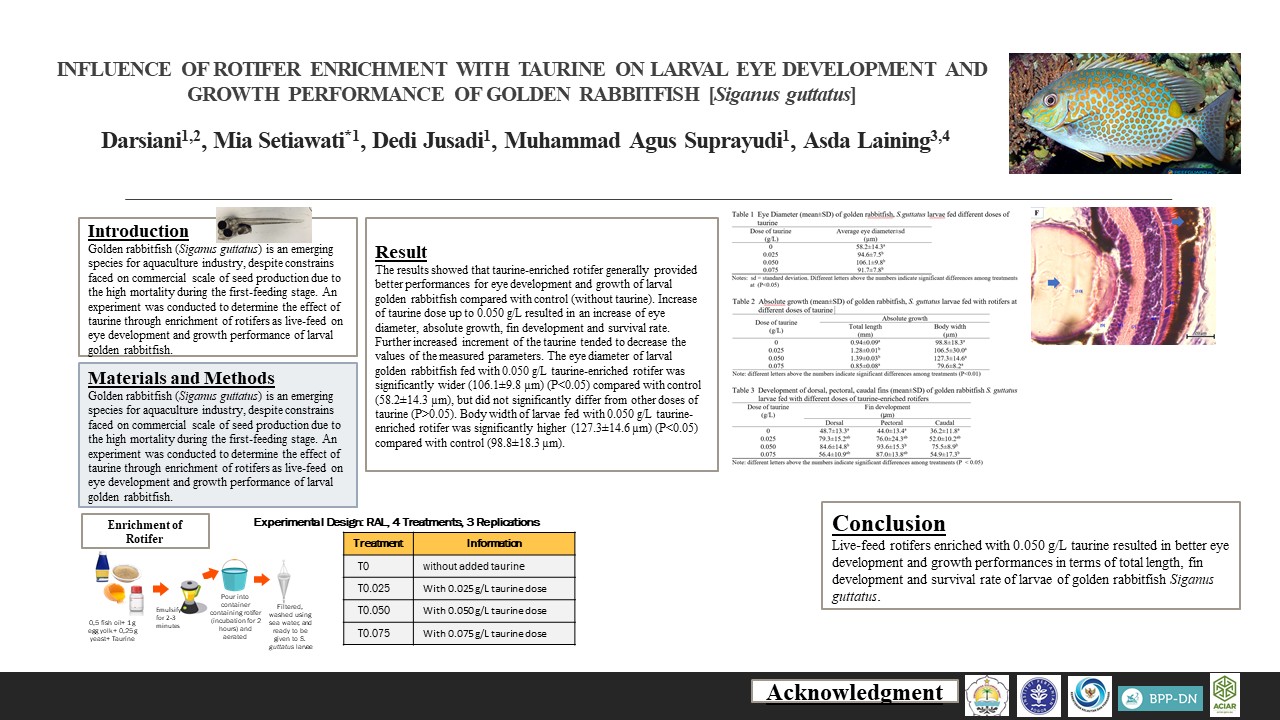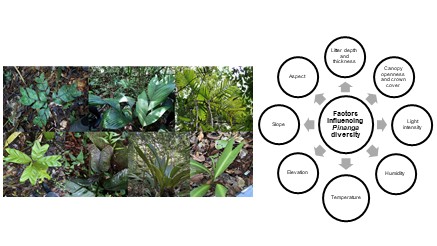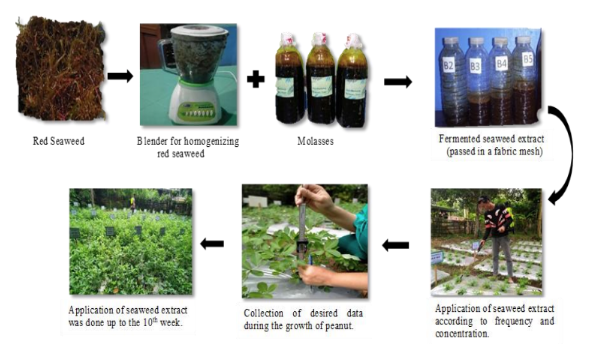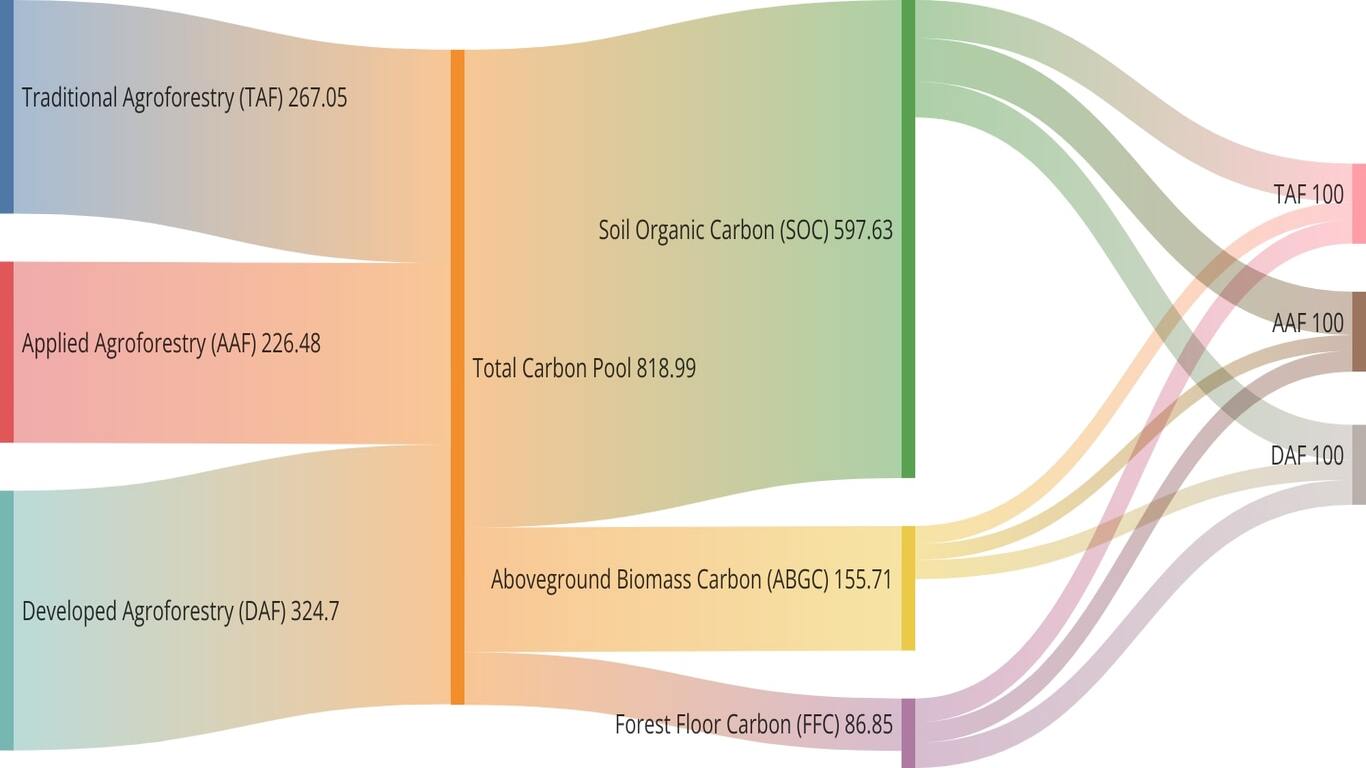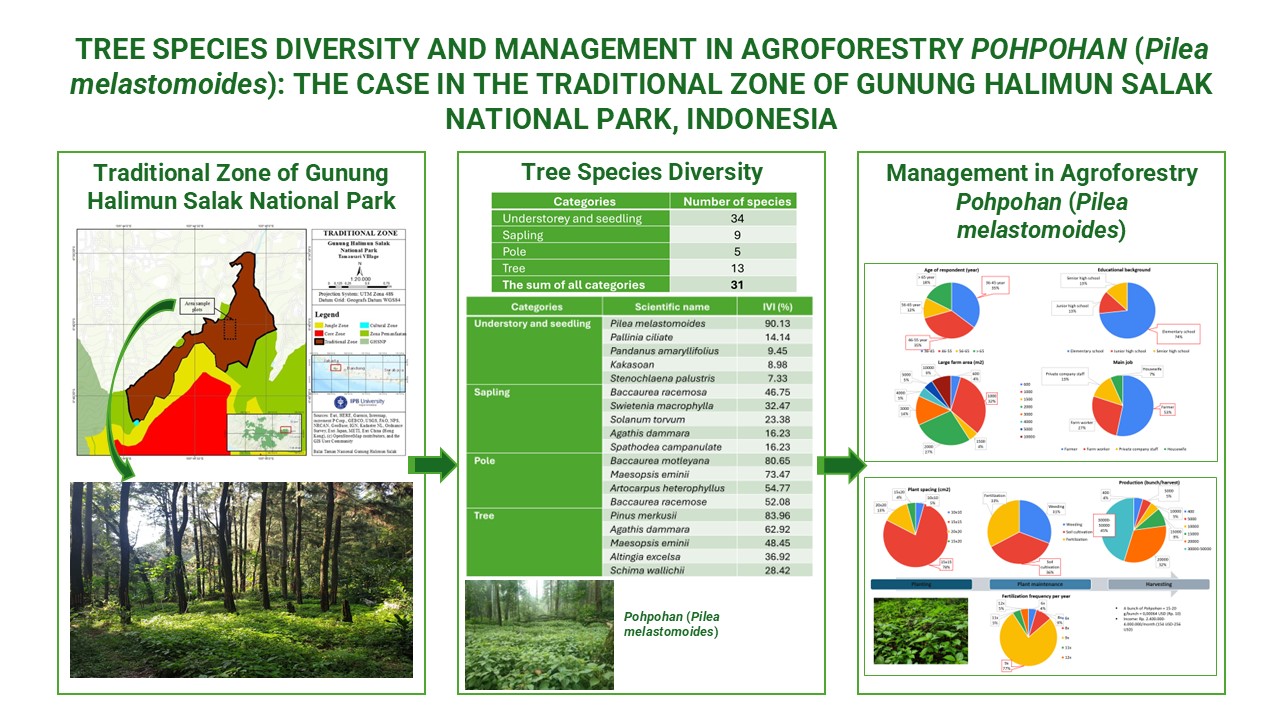WILD EDIBLE PLANTS IN ENHANCING POST-DISASTER FOOD SECURITY, ORMOC CITY, PHILIPPINES

Downloads
Article Highlights:
- Wild edible plants (WEPs) in Ormoc City, Philippines, serve as critical food sources during disasters, offering essential nutrients and aiding food security.
- Melastoma malabathricum is rich in calcium, magnesium, and manganese, while Diplazium esculentum provides high levels of iron, copper, and zinc.
- Wild fruits like Melastoma malabathricum, Annona montana, and Rubus fraxinifolius contribute significant Vitamin C to the local diet.
- These plants not only provide sustenance but also offer medicinal benefits, emphasizing the need for further research, conservation, and sustainable use.
ABSTRACT
Wild Edible Plants (WEPs) are a valuable resource for communities facing food insecurity, and their nutritional profiles can provide essential dietary needs, especially in disaster-prone regions like the Philippines. This paper explores the nutritional value of wild edible plants (WEPs) in Ormoc City, Leyte, Philippines, with a particular focus on their role in addressing food security issues during natural disasters. The research included surveying the WEPs used by the local community in Ormoc City and analyzing these plants' nutrient and mineral composition. The study's key findings included identifying 15 plant species from 13 families. Melastoma malabathricum showed the highest Ca, Mg and Mn content; while Diplazium esculentum leaves had the highest iron, copper and zinc content. Furthermore, relatively high vitamin C content was found in wild fruits M. malabathricum, Annona montana, and Rubus fraxinifolius. The plants analyzed were rich in essential nutrients, including minerals (Ca, Na, Mg, Mn, Fe, Cu and Zn), crude fiber and vitamin C. The different plants excelled in different nutritional aspects, suggesting a diverse dietary potential. These plants play a crucial role in the local community, providing not only sustenance but also medicinal applications. Further research and conservation efforts should be encouraged to harness the nutritional and economic potential of these plants while ensuring their sustainable utilization and preservation.
Downloads
Association of American Feed Control Officials (AAFCO) [Internet]. 2014. AAFCO Lab Methods and Services. Available from: https://www.aafco.org/Portals/0/SiteContent/Laboratory/Fat_Best_Practices_Working_Group/Crude_Fat_Methods_Considerations.pdf
Aina VO, Sambo B, Zakari A, Haruna MSH, Umar H, Akinboboye RM, Mohammed A. 2012. Determination of nutritional and anti-nutrient content of Vitis vinifera (Grapes) grown in Bomo (Area C) Zaria, Nigeria. Advance Journal of Food Science and Technology 4, 445–448.
Alves de Almeida AC, de-Faria FM, Dunder RJ, Manzo LPB, Souza-Brito ARM, Luiz-Ferreira A. 2017. Recent trends in pharmacological activity of alkaloids in animal colitis: potential use for inflammatory bowel disease. Evidence-Based Complementary and Alternative Medicine, 1–24. https://doi.org/10.1155/2017/8528210 DOI: https://doi.org/10.1155/2017/8528210
AOAC, 2000. Official methods of Analysis of Association of Official Analytical Chemists, Arlington, 17th edition.
Arquion RD, Galanida CC, Villamor B, Aguilar HT. 2015. Ethnobotanical study of indigenous plants used by local people of Agusan del Sur, Philippines. Asia Pacific Higher Education Research Journal 2, 11. DOI: https://doi.org/10.56278/apherj.v2i2.102
Ashagre M, Asfaw Z, Kelbessa E. 2016. Ethnobotanical study of wild edible plants in Burji District, Segan Area Zone of Southern Nations, Nationalities and Peoples Region (SNNPR), Ethiopia. Journal of Ethnobiology and Ethnomedicine 12. https://doi.org/10.1186/s13002-016-0103-1 DOI: https://doi.org/10.1186/s13002-016-0103-1
Bacchetta L, Visioli F, Cappelli G, Caruso E, Martin G, Nemeth E, Bacchetta G, Bedini G, Wezel A, van Asseldonk T, van Raamsdonk L, Mariani F, on behalf of the Eatwild Consortium, 2016. A manifesto for the valorization of wild edible plants. Journal of Ethnopharmacology 191, 180–187. https://doi.org/10.1016/j.jep.2016.05.061 DOI: https://doi.org/10.1016/j.jep.2016.05.061
Baldermann S, Blagojević L, Frede K, Klopsch R, Neugart S, Neumann A, Ngwene B, Norkeweit J, Schröter D, Schröter A, Schweigert FJ, Wiesner M, Schreiner M. 2016. Are neglected plants the food for the future? Critical Reviews in Plant Sciences 35, 106–119. https://doi.org/10.1080/07352689.2016.1201399 DOI: https://doi.org/10.1080/07352689.2016.1201399
Brahma J, Singh B, Rethy P, Gajurel P. 2014. Nutritional analysis of some selected wild edible species consumed by the Bodos tribes of Kokrajhar District, BTC, Assam. Asian Journal of Pharmaceutical and Clinical Research 7, 5.
Beyer J, Drummer OH, Maurer HH. 2009. Analysis of toxic alkaloids in body samples. Forensic Science International 185, 1–9. https://doi.org/10.1016/j.forsciint.2008.12.006 DOI: https://doi.org/10.1016/j.forsciint.2008.12.006
Chambial S, Dwivedi S, Shukla KK, John PJ, Sharma P. 2013. Vitamin C in disease prevention and cure: An overview. Indian Journal of Clinical Biochemistry 28, 314–328. https://doi.org/10.1007/s12291-013-0375-3) DOI: https://doi.org/10.1007/s12291-013-0375-3
Chua-Barcelo RT. 2014. Ethno–botanical survey of edible wild fruits in Benguet, Cordillera administrative region, the Philippines. Asian Pacific Journal of Tropical Biomedicine 4, S525–S538. https://doi.org/10.12980/APJTB.4.201414B36 DOI: https://doi.org/10.12980/APJTB.4.201414B36
FAO. 1999. Use and potential of wild plants in farm households [WWW Document]. Available from: http://www.fao.org/3/w8801e02.htm#P15_2035 (accessed 3.12.19).
Fekadu Gemede H. 2014. Antinutritional factors in plant foods: potential health benefits and adverse effects. International Journal of Nutrition and Food Sciences 3, 284-. https://doi.org/10.11648/j.ijnfs.20140304.18 DOI: https://doi.org/10.11648/j.ijnfs.20140304.18
Ghosh B. 2000. Polyamines and plant alkaloids. Indian Journal of Experimental Biology 38, 1087–1091.
Ifemeje JC, Egbuna C, Eziokwudiaso JO, Ezebuo FC. 2014. Determination of the anti-nutrient composition of Ocimum gratissimum, Corchorus olitorius, Murraya koenigii Spreng and Cucurbita maxima. Journal of Innovation and Scientific Research 3, 127–133.
Ismail, Hussin, Idri. 2007. Physical, chemical & mineralogical properties of fly ash. Journal of Nuclear and Related Technology Vol. 4, Special Edition 2007, 47-51.
Islary A, Sarmah J, Basumatary S. 2016. Proximate composition, mineral content, phytochemical analysis and in vitro antioxidant activities of a wild edible fruit (Grewia sapida Roxb. ex DC.) found in Assam of North-East India. J. Investig. Biochem. 5, 21. https://doi.org/10.5455/jib.20160422015354) DOI: https://doi.org/10.5455/jib.20160422015354
Israr B, Frazier RA, Gordon MH. 2013. Effects of phytate and minerals on the bioavailability of oxalate from food. Food Chem. 141, 1690–1693. https://doi.org/10.1016/j.foodchem.2013.04.130) DOI: https://doi.org/10.1016/j.foodchem.2013.04.130
Jākobsone I, Kantane I, Zute S, Bartkevics V. 2015. Macro-elements and trace elements in cereal grains cultivated in Latvia. Proceedings of the Latvian Academy of Sciences Section B Natural Exact and Applied Sciences 69. https://doi.org/10.1515/prolas-2015-0022 DOI: https://doi.org/10.1515/prolas-2015-0022
Ju Y, Zhuo J, Liu B, Long C. 2013. Eating from the wild: diversity of wild edible plants used by Tibetans in Shangri-la region, Yunnan, China. Journal of Ethnobiology and Ethnomedicine 9, 28. https://doi.org/10.1186/1746-4269-9-28 DOI: https://doi.org/10.1186/1746-4269-9-28
Khilari V, Sharma P. 2016. Studies on Ascorbic acid content of some wild edible fruits from Ahmednagar District, Maharashtra (India). International Journal of Advanced Research 4, 583–590. https://doi.org/10.21474/IJAR01/397 DOI: https://doi.org/10.21474/IJAR01/397
Linkon KMR, Satter MA, Jabin SA, Abedin N, Islam MF, Lisa LA, Paul DK. 2015. Mineral and heavy metal contents of some vegetables available In local market of Dhaka City in Bangladesh. Journal of Environmental Science, Toxicology, and Food Technology 9, 01–06.
Lykkesfeldt J, Michels AJ, Frei B. 2014. Vitamin C. Advances in Nutrition 5, 16–18. Available from: https://doi.org/10.3945/an.113.005157 DOI: https://doi.org/10.3945/an.113.005157
Marshall MR. 2010. Ash Analysis, in: Nielsen, S.S. (Ed.), Food Analysis. Springer DOI: https://doi.org/10.1007/978-1-4419-1478-1_7
Medak B, Singha LB. 2017. Nutritional contribution by wild plants as novel food to the ethnic tribes of Arunachal Himalaya, India. IOSR J. Pharm. Biol. Sci. 12, 73–79. Available from: https://doi.org/10.9790/3008-1203077379 DOI: https://doi.org/10.9790/3008-1203077379
Murray SS, Schoeninger MJ, Bunn HT, Pickering TR, Marlett JA. 2001. Nutritional composition of some wild plant foods and honey used by Hadza Foragers of Tanzania. J. Food Compos. Anal. 14, 3–13. Available from: https://doi.org/10.1006/jfca.2000.0960 DOI: https://doi.org/10.1006/jfca.2000.0960
Mundaragi A, Devarajan T, Jeyabalan S, Bhat S, Hospet R. 2017. Unexploited and underutilized wild edible fruits of Western Ghats in Southern India. Agronomy 60, 326–339.
Narzary H, Basumatary A. 2015. Proximate and vitamin C analysis of wild edible plants consumed by Bodos of Assam, India. J. Mol. Pathophysiol. 4, 128. Available from: https://doi.org/10.5455/jmp.20151111030040 DOI: https://doi.org/10.5455/jmp.20151111030040
Nath H, Samtiyta M, Dhewa T. 2022. Beneficial attributes and adverse effects of major plant-based foods and anti-nutrients on health: A review. Human Nutrition and Metabolism. Available from: https://doi.org/10.1016/j.hnm.2022.200147 DOI: https://doi.org/10.1016/j.hnm.2022.200147
Nielsen SS. 2010. Determination of moisture content, in: Nielsen, S.S. (Ed.), Food Analysis Laboratory Manual. Springer US, Boston, MA, pp. 17–27. Available from: https://doi.org/10.1007/978-1-4419-1463-7_3 DOI: https://doi.org/10.1007/978-1-4419-1463-7_3
Ojelel S, Mucunguzi P, Katuura E, Kakudidi EK, Namaganda M, Kalema J. 2019. Wild edible plants used by communities in and around selected forest reserves of Teso-Karamoja region, Uganda. Journal of Ethnobiology and Ethnomedicine 15. Available from: https://doi.org/10.1186/s13002-018-0278-8 DOI: https://doi.org/10.1186/s13002-018-0278-8
Ong H, Kim Y. 2017. The role of wild edible plants in household food security among transitioning hunter-gatherers: evidence from the Philippines. Food Security 9, 11–24. Available from: https://doi.org/10.1007/s12571-016-0630-6 DOI: https://doi.org/10.1007/s12571-016-0630-6
Pelser P, Barcelona J, Nickrent D. 2011. Co’s Digital Flora of the Philippines [WWW Document]. Cos Digit. Flora Philipp. Available from http://www.philippineplants.org/
Petroski, W. and Minich, D.M., 2020. Is there such a thing as “anti-nutrients”? A narrative review of perceived problematic plant compounds. Nutrients, 12(10), p.2929. DOI: https://doi.org/10.3390/nu12102929
Popova A, Mihaylova D. 2019. Antinutrients in Plant-based Foods: A Review. The Open Biotechnology Journal. 13, 68-76. Available from: http://dx.doi.org/10.2174/1874070701913010068 DOI: https://doi.org/10.2174/1874070701913010068
Radtke K, Mann H, Weller D, Kirch L, Prütz R. 2018. WorldRiskReport 2018 focus: Child protection and children’s rights. Bündnis Entwicklung Hilft
Rahim BZ, Qureshi R, Tareen RB. 2019. Nutritional and Phytochemical Screening of Wild Fruit of Berberis Baluchistanica --An Endemic Species to Pakistan. Applied Ecology & Environmental Research, 17(6). DOI: https://doi.org/10.15666/aeer/1706_1269712707
Rai PK, Panda LLS. 2014. Dust capturing potential and air pollution tolerance index (APTI) of some road side tree vegetation in Aizawl, Mizoram, India: an Indo-Burma hotspot region. Air Quality, Atmosphere & Health 7, 93–101. Available from: https://doi.org/10.1007/s11869-013-0217-8 DOI: https://doi.org/10.1007/s11869-013-0217-8
Seal T. 2012. Evaluation of Nutritional Potential of Wild Edible Plants, Traditionally Used by the Tribal People of Meghalaya State in India. Am. J. Plant Nutr. Fertil. Technol. Available from: https://doi.org/10.3923/ajpnft.2012.19.26 DOI: https://doi.org/10.3923/ajpnft.2012.19.26
Seal T, Chaudhuri K. 2016. Nutritional analysis of some selected wild edible plants consumed by the tribal people of Meghalaya state in India. Int. J. Food Sci. Nutr. 1, 39–43.
Seal T, Pillai B, Chaudhuri K. 2017a. Evaluation of nutritional potential of five unexplored wild edible plants consumed by the tribal people of Arunachal Pradesh State in India. J. Food Nutr. Res. 5, 1–5. https://doi.org/10.12691/jfnr-5-1-1
Seal, T, Pillai B, Chaudhuri K. 2017b. Nutritional potential of five unexplored wild edible plants consumed by the tribal people of Arunachal Pradesh state in India. Int. J. Food Sci. Nutr. 2, 101–105.
Siddiqui K, Bawazeer N, Scaria Joy S. 2014. Variation in macro and trace elements in progression of type 2 diabetes. The Scientific World Journal 2014, 1–9. Available from: https://doi.org/10.1155/2014/461591 DOI: https://doi.org/10.1155/2014/461591
Stumpf J, Wee C, Liwag C. 2014. Typhoon Yolanda Relief Response Report: A Supply Chain Perspective. Kuehne Foundation, NUS HumLog Centre Asia Pacific. Volume 14 – Mar.
Unuofin JO, Otunola GA, Afolayan AJ. 2017. Nutritional evaluation of Kedrostis africana (L.) Cogn: An edible wild plant of South Africa. Asian Pacific Journal of Tropical Biomedicine 7, 443–449. Available from: https://doi.org/10.1016/j.apjtb.2017.01.016 DOI: https://doi.org/10.1016/j.apjtb.2017.01.016
Copyright (c) 2025 Patricia Anne Nazareno, Prof/Dr., Prof/Dr., Ms.

This work is licensed under a Creative Commons Attribution-NonCommercial-NoDerivatives 4.0 International License.
Authors who publish with this journal agree with the following terms:
- Authors retain copyright and grant the journal right of first publication, with the work 1 year after publication simultaneously licensed under a Creative Commons attribution-noncommerical-noderivates 4.0 International License that allows others to share, copy and redistribute the work in any medium or format, but only where the use is for non-commercial purposes and an acknowledgement of the work's authorship and initial publication in this journal is mentioned.
- Authors are able to enter into separate, additional contractual arrangements for the non-exclusive distribution of the journal's published version of the work (e.g., post it to an institutional repository or publish it in a book), with an acknowledgement of its initial publication in this journal.
- Authors are permitted and encouraged to post their work online (e.g., in institutional repositories or on their website) prior to and during the submission process, as it can lead to productive exchanges, as well as earlier and greater citation of published work (See The Effect of Open Access).











